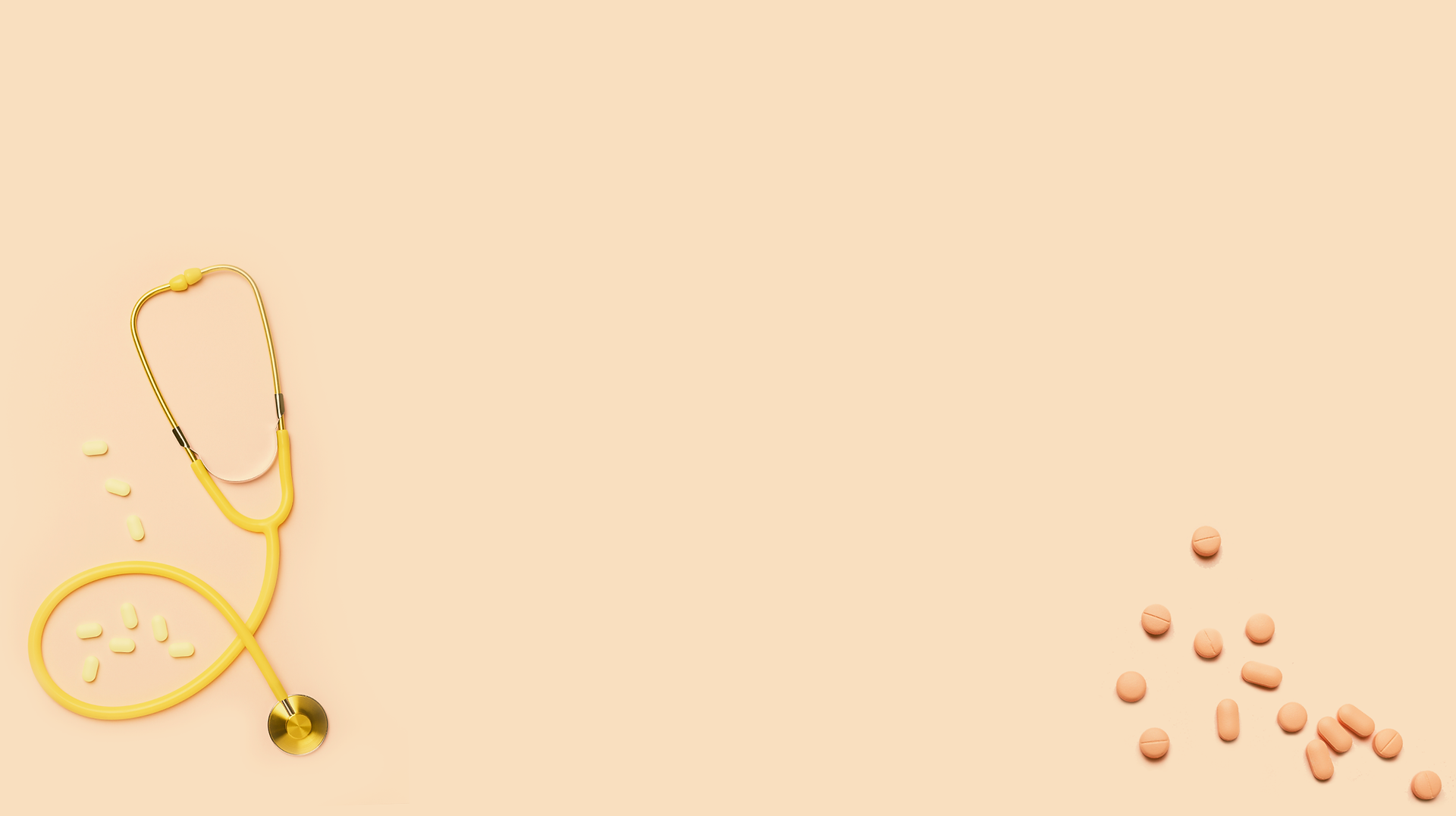Managing Atopic Dermatitis: Essential Treatments and Resources for Parents
- sxt5616
- Nov 23, 2024
- 2 min read
Updated: Nov 25, 2024
Understanding Atopic Dermatitis
Atopic dermatitis (AD), commonly known as eczema, affects millions of children worldwide. It tends to run in families and is associated with conditions like asthma and allergic rhinitis (hay fever). Environmental factors, allergens, stress, and temperature changes can trigger or worsen symptoms. Although there is no cure, various treatments and lifestyle adjustments can help manage symptoms and improve quality of life for children with AD.
First Line of Defense: Moisturizers
Maintaining adequate skin hydration is one of the most critical steps in managing AD. Moisturized skin is less prone to cracking, itching, and infections. Parents should use fragrance-free, hypoallergenic moisturizers that provide a thick, protective barrier. Creams and ointments are often more effective than lotions. Moisturizing immediately after bathing can help lock in moisture and improve the skin's barrier function.
Bathing Guidelines
Regular baths can soothe irritated skin, but certain guidelines should be followed for children with AD. Use lukewarm water and limit bath time to 10–15 minutes to prevent drying out the skin. Avoid bubble baths and harsh cleansers, opting instead for gentle, fragrance-free cleansers. After bathing, gently pat the skin dry with a soft towel, then immediately apply a moisturizer to retain moisture.
Topical Corticosteroids and Anti-inflammatory Medications
When symptoms are severe, topical corticosteroids can reduce inflammation and irritation. These medications should be used under medical supervision, as overuse may lead to side effects like skin thinning. Non-steroidal anti-inflammatory topical medications, such as calcineurin inhibitors, may also be appropriate for milder cases or maintenance therapy.
Avoiding Triggers
Identifying and avoiding triggers is essential in managing AD. Common triggers include certain fabrics (e.g., wool and synthetic materials), allergens like dust mites, pollen, and pet dander, and extreme weather. Keeping a symptom diary can help parents identify specific triggers and develop a preventive care plan in consultation with a dermatologist.
Dietary Considerations and Food Allergies
Although food allergies do not directly cause AD, some children may experience worsened symptoms after consuming certain foods like dairy, eggs, or nuts. Consult an allergist or pediatrician before making dietary changes to ensure that any restrictions support the child’s overall growth and nutrition.
Support Resources for Parents
Managing a chronic condition like AD can feel isolating, but many support groups and online resources are available. These communities allow parents to share information, tips, and emotional support. Dermatology organizations often provide resources for parents, including educational materials on the latest treatments. Local health organizations may also offer resources and workshops on managing childhood skin conditions.
Working with Healthcare Professionals
Regular visits to a dermatologist can help tailor treatment plans based on symptom severity, lifestyle, and age. Advances in research continue to bring new treatment options for AD, offering hope for parents seeking relief for their children. Open communication with healthcare providers is essential in finding the best personalized treatment strategy.


Comments